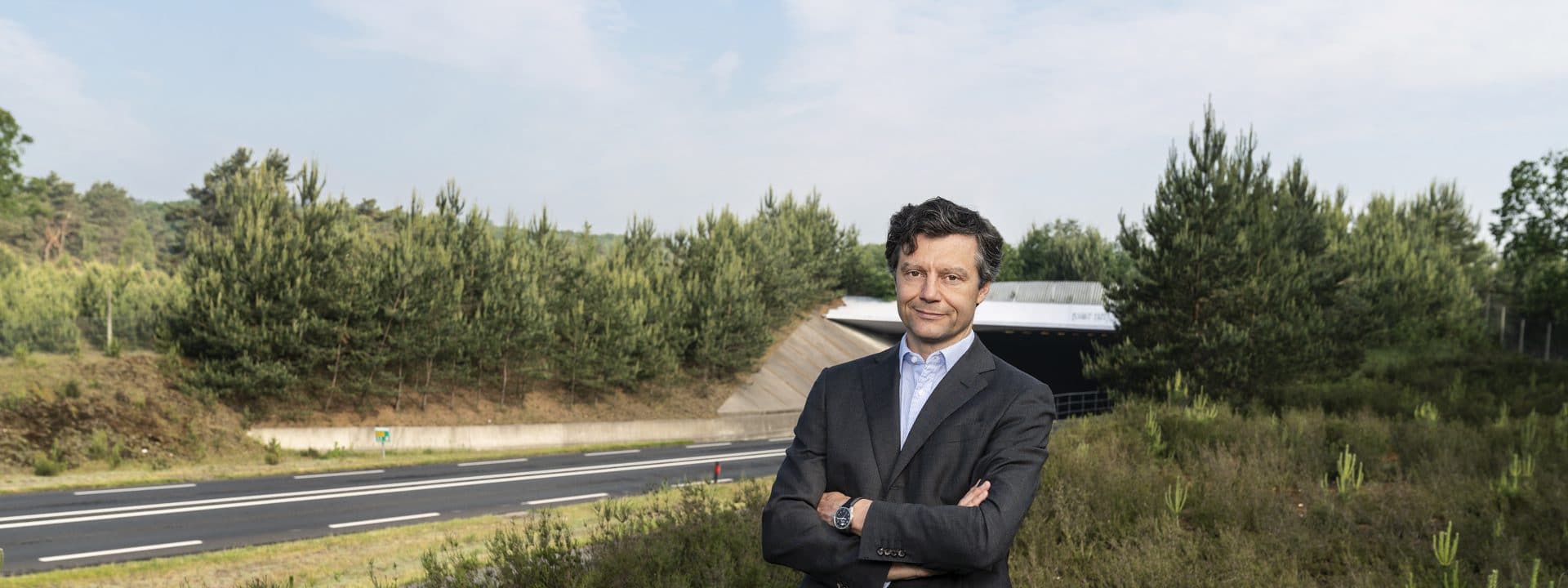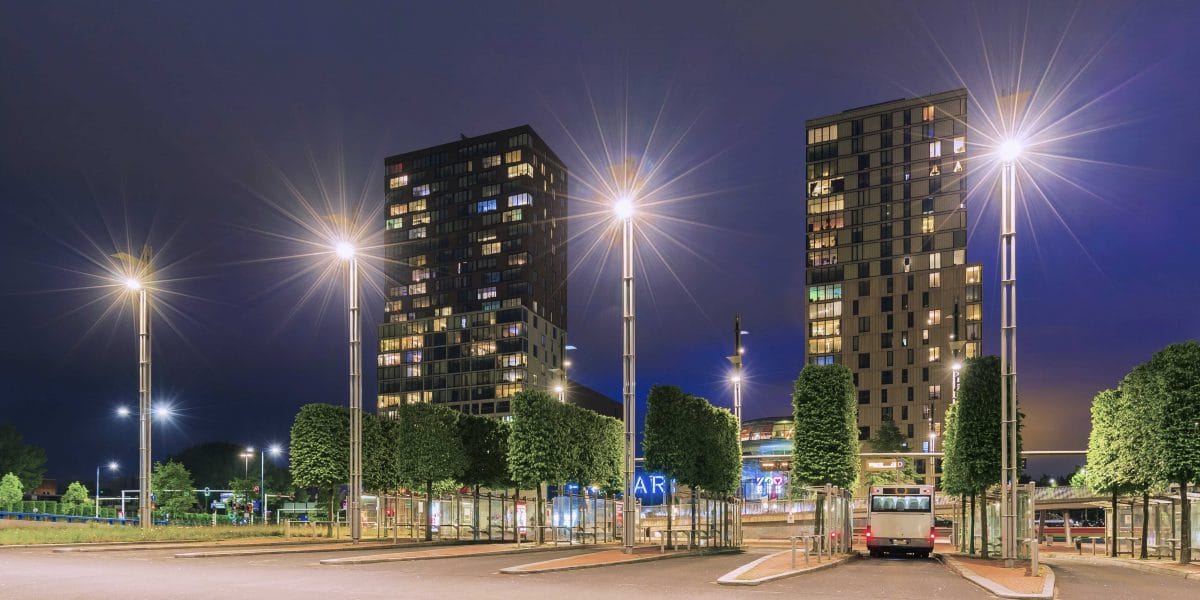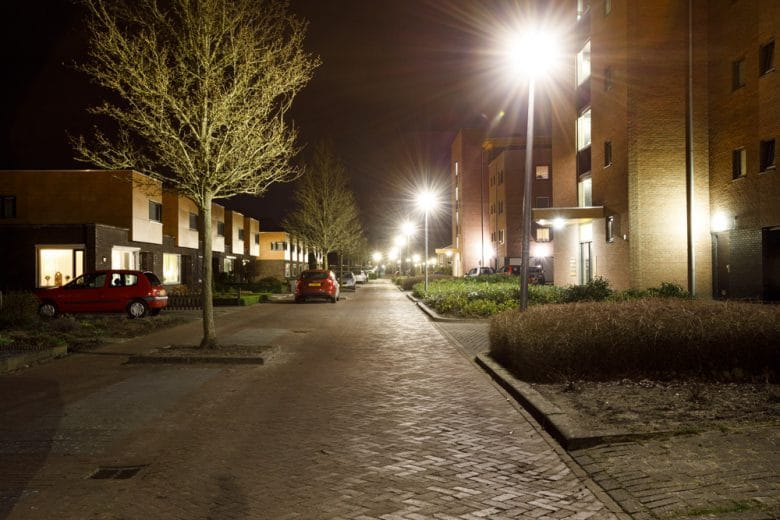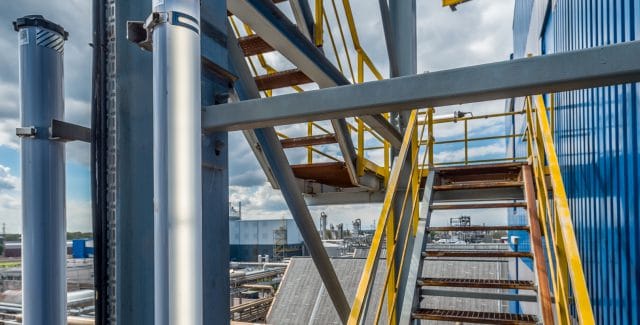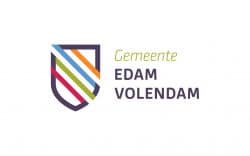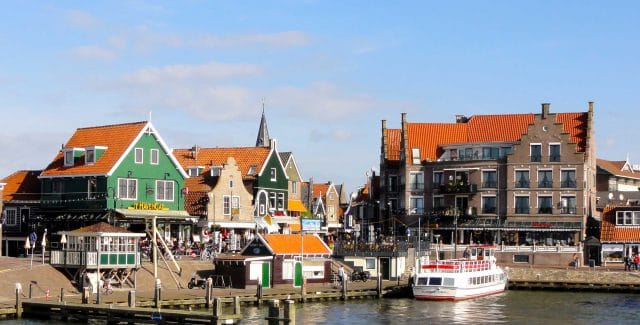No-brainer
Of the 3.5 million public lampposts in the Netherlands, about 30% is equipped with LED. 8% of the public lighting is dynamically controlled. In short, there is work to be done, because the benefits are so great that we cannot ignore them. But how do you get from traditional street lighting to a future-proof solution?
“Skip the static dimmers and opt for dynamic lighting right away,” advises Robert firmly. “Think big and think ahead. The technology has now been proven to be reliable and cost-effective and an open system can be used flexibly, so you can go in all directions with regard to the choice of suppliers and links to IT systems. ” Moreover, you earn back the investment in a few years. ”
Tissing continues: “And if you don’t have a management software platform yet, which is absolutely the foundation for smart lighting, then implement Luminizer. That is really a no-brainer. It really is the central cockpit for managing and controlling all public lighting. It costs little and delivers immediate results. ” Robert counts on his fingers: “You have insight into the installations, you know what the contractor is doing, you can better answer questions from the Council and residents. And you remain flexible at all times because Luminizer can handle almost all existing systems and suppliers. So there is no vendor lock-in.”
